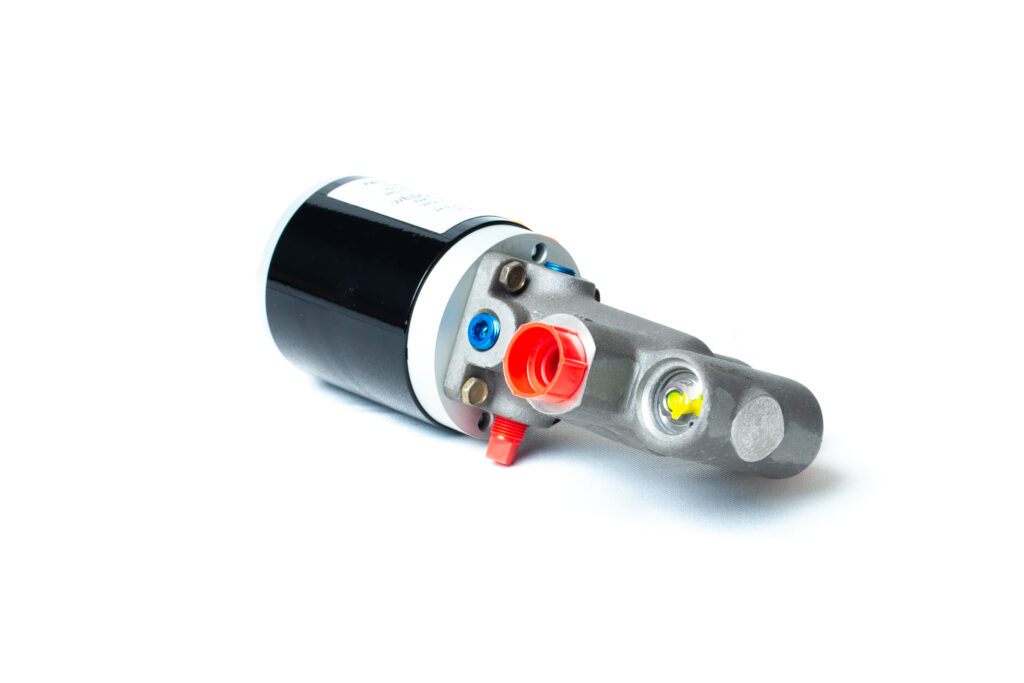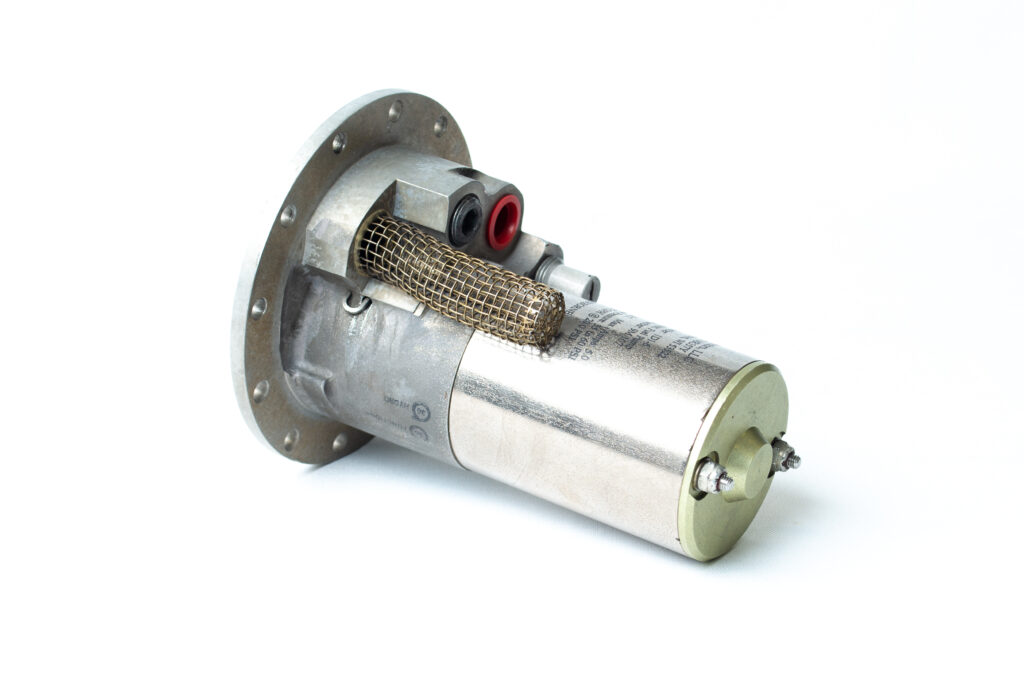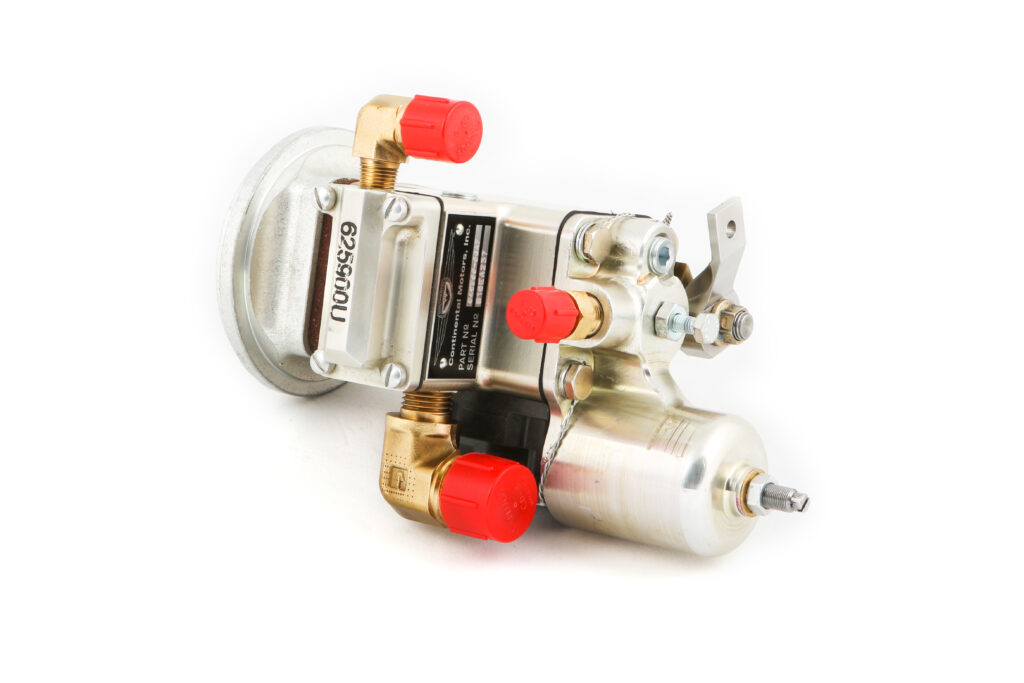Understanding how your aircraft fuel pump works is one of the best ways to keep it well-maintained and avoid long-term damage. In this article, we’re going to explore every aspect of your fuel pump: maintenance, how it works, what it consists of, what repairs are needed, and preventative measures you can take to ensure your systems are working properly and there are no safety issues when you get up in the air.
What is an aircraft fuel pump?
In an aircraft, there are generally two fuel pumps. The engine-driven fuel pump usually serves as the primary pump, and the electric pump serves as the secondary pump.
The fuel pumps are part of the fuel system, which delivers a steady flow of fuel from the tanks to the engine to ensure proper operation
Check out this helpful video from Epic Flight Academy for more information about aircraft fuel systems and the function of a fuel pump (Skip to 3:17):
For additional information on fuel system maintenance, check out our blog “Aircraft Fuel System Parts and Maintenance.”
Types of aircraft fuel pumps
The type of fuel pump your aircraft has will depend on the make and model of your aircraft, but there are quite a few out there.
Here are the most common fuel pumps used on aircraft:
Centrifugal boost pumps
A centrifugal boost pump is a variable displacement pump. It takes in fuel at the center of an impeller and expels it to the outside as the impeller turns. An outlet check valve prevents fuel from flowing back through the pump. A fuel feed line is connected to the pump outlet. A bypass valve may be installed in the fuel feed system to allow the engine-driven pump to pull fuel from the tank if the boost pump is not operating. The centrifugal boost pump is used to supply the engine-driven fuel pump, back up the engine driven fuel pump, and transfer fuel from tank to tank if the aircraft is so designed.
Vane-Type Fuel Pumps
Vane-type fuel pumps are the most common types of fuel pumps found on reciprocating-engine aircraft. They are used as both engine-driven primary fuel pumps and as auxiliary or boost pumps. Regardless, the vane-type pump is a constant displacement pump that moves a constant volume of fuel with each revolution of the pump. When used as an auxiliary pump, an electric motor rotates the pump shaft. On engine driven applications, the vane pump is typically driven by the accessory gear box.
As with all vane pumps, an eccentric rotor is driven inside a cylinder. Slots on the rotor allow vanes to slide in and out and be held against the cylinder wall by a central floating spacer pin. As the vanes rotate with the eccentric rotor, the volume space created by the cylinder wall, the rotor, and the vanes increases and then decreases. An inlet port is located where the vanes create an increasing volume space, and fuel is drawn into the pump. Further around in the rotation, the space created becomes smaller. An outlet port located there causes fuel to be forced from the cylinder.
To read more about these different types of pumps and for a longer list, check out AircraftSystemsTech.com.
What does an aircraft fuel pump consist of?
An aircraft fuel pump consists of:
↪️ Body
↪️ Rotor
↪️ Blades
↪️ Springs
↪️ Valves
↪️ Electric motor if the fuel pump is secondary
↪️ Seals
↪️ O-rings
What repairs are needed on aircraft fuel pumps?
We see most aircraft fuel pumps when they leak, or the seals go bad. When it comes to preventative maintenance, make sure you keep an eye out for engine RPM fluctuations, fuel flow and pressure fluctuations, leaks, loose fittings, and corrosion.
AAI Can Repair and Overhaul Your Aircraft Fuel Pump
AAI provides aircraft fuel pump repairs for manufacturers like Lear Romec, Kelly Aerospace, Dukes, Parker Airborne, Rapco Fleet Support, Weldon, TCM Continental, Precision Airmotive, Cessna, Beechcraft, and Piper.
Your aircraft fuel pump is an integral part of your aircraft. Without proper care, it can jeopardize your safety and keep your plane grounded. Detailed, thorough, and expert work is required to get the job done the right way. At AAI, we know your ultimate goal is to get your plane fixed so you can fly. That’s why we go above and beyond to help you avoid extra costs by creating repairs and manufacturing the parts on your aircraft that are prone to corrosion and wear, like landing gear components.
When it comes to fuel pump repair and overhaul, AAI has a lot of repair processes in place and holds numerous tech approvals from the FAA. Our repair station might be the only one in the world who can overhaul outside of the manufacturer’s factory. Not to mention, we’ve developed processes that are FAA approved, which means you save thousands of dollars and the risk of a DIY repair.
We make it easy for you to get the parts you need:
1. Call AAI
2. Get a quote
3. Fix your plane and fly




